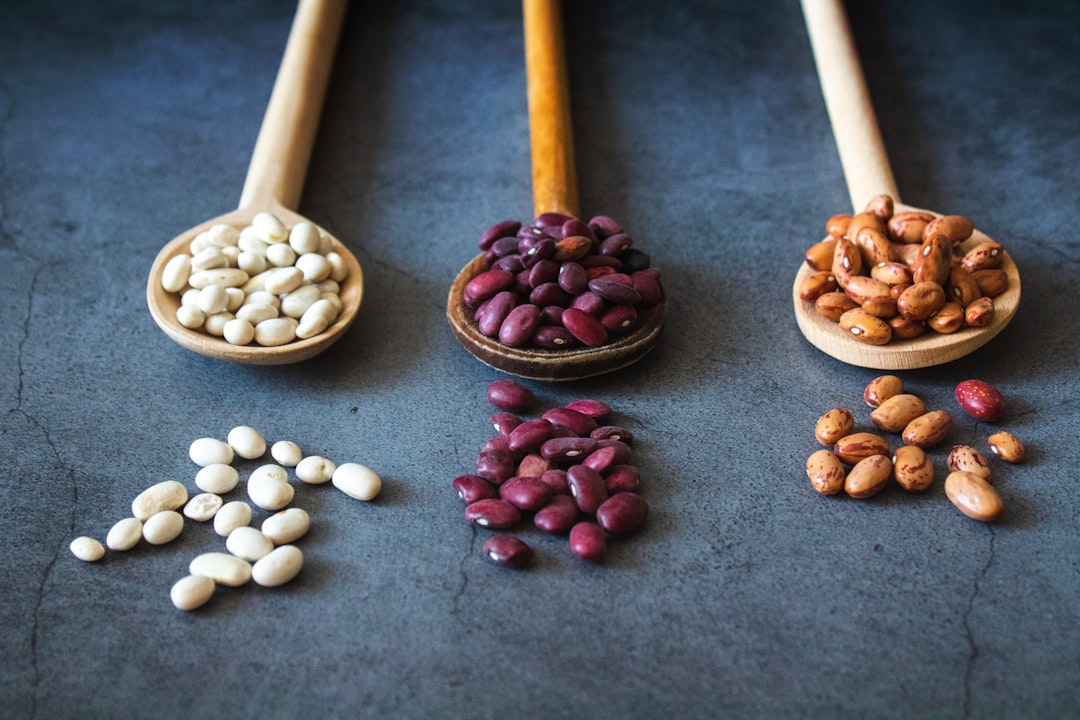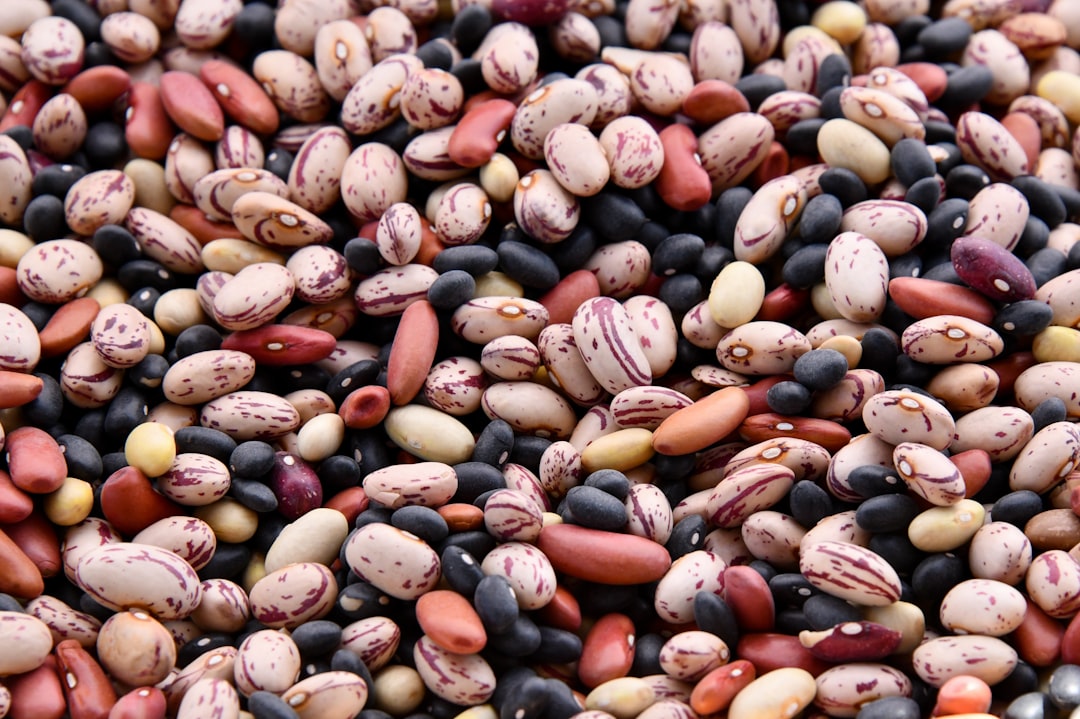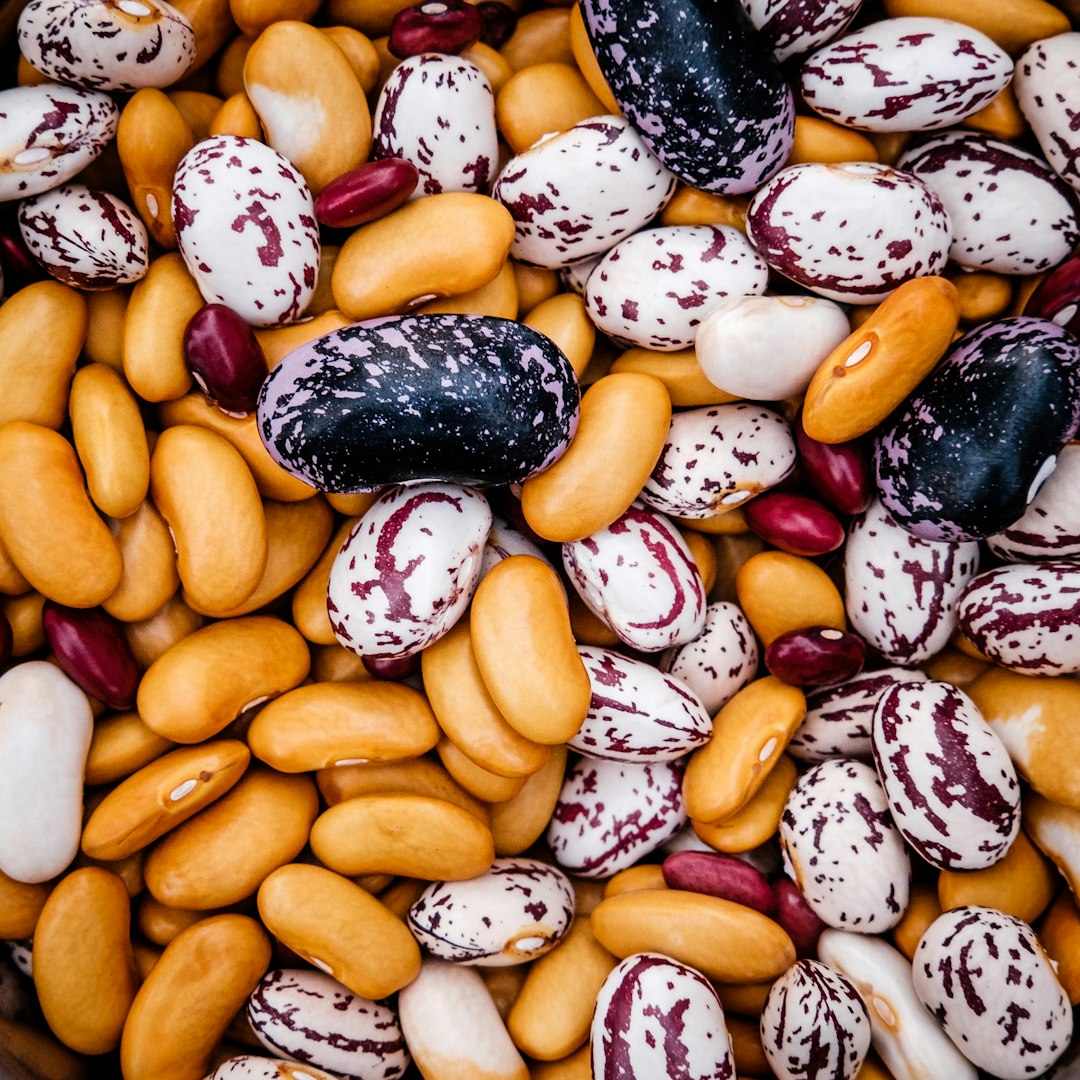Beans
Beans have a unique combination of high protein levels, supplying essential amino acids and dietary fiber. They are also considered a complex carbohydrate, their slow digestion rate providing a steady energy stream throughout the day.
Beans are a pantry staple, a budget-friendly ingredient that can be used in a variety of dishes. From soups and stews to salads and even desserts, beans are an integral part of making delicious meals.
One of the most popular ways to prepare beans is in a classic chili. The robust flavors and spices complement the earthy taste of the beans, creating a flavorful meal. Beans can also be used as a side dish, adding crunchy texture to a meal. They are often roasted and coated in oil, herbs, and spices to bring out the flavor and make them more appealing.
Beans can also be used to create healthy snacks, such as hummus and baked falafel. For a sweet twist, try simmering black beans with coconut milk and honey for an indulgent treat.
Looking for a tasty yet healthy alternative to meat? Look no further than beans. When cooked properly, they can be just as hearty and satisfying as a pork chop or steak. They are an excellent source of plant-based protein and are much easier on the wallet than other sources of protein.
Beans are a great way to add flavor, texture, and nutrition to any meal. Experiment with different types of beans and prepare them using different cooking methods. You may find that you end up with a dish that is both exquisite and nourishing!
Beans recipes
Amazing Beans recipes sourced from the web.
The origin of Beans
Beans have been beloved staples of many diets for centuries, but their origins are surprisingly shrouded in mystery. Some scholars contend that beans were first cultivated by ancient civilizations, such as the Aztecs and Inca peoples; however, there is no definitive evidence to support this claim.
Recent scientific advances have allowed for more precise calculation of bean cultivation throughout history. One hypothesis is that the earliest domesticated beans were found in Peru some 7,000 years ago. It is theorized that these primitive legumes were consumed primarily by the lower classes, as they were not considered a part of the upper class diet at the time.
The exact variety of bean that was cultivated by these early societies is still unknown, but it is postulated that they used a form of the common bean (Phaseolus vulgaris). This species of bean is native to the Americas, and is believed to have spread to other parts of the world via trade routes.
Regardless of the bean’s origin story, it has become a beloved food around the globe. People enjoy beans in a multitude of ways now, from soups to stews, salads to side dishes, dips to desserts.
Filled with protein, fiber, and essential vitamins and minerals, beans are a nourishing and economical food source that can be enjoyed by a plethora of palates. Therefore, despite its mysterious past, beans are a savory, versatile dish that is sure to remain a cherished part of many cultures for years to come.
Types of Beans
Beans, beans, and then, more beans! They are one of the most versatile and nutritious staples of any diet, with dozens of varieties available around the world. Whether you’re looking for a simple side dish, a comforting main meal, or even a dessert worthy of a special occasion, beans have you covered. Let’s take a look at some of the most popular types of beans and how to prepare them.
Adzuki beans, also known as azuki, are found in Japan, China, and Korea. These small, reddish-brown beans are a popular ingredient in sweet dishes, lending a nutty flavor to buns, cakes, and confections. They’re also enjoyed savory, often cooked with vegetables like carrots, potatoes, and squash. Adzuki beans can be used in soups and stews, or boiled for a delicious side dish.
Black beans, common in Latin American cuisine, are a powerhouse of nutrition. Rich in fiber, protein, and minerals, they’re an easy way to get your daily dose of essential vitamins and minerals. But don’t let the health benefits fool you – black beans are also delicious. Whether they’re simmered in a Mexican mole sauce, added to a chili, or even used as the base for a vegetarian taco filling, this bean packs a punch of flavor.
Chickpeas, or garbanzo beans, are an increasingly popular ingredient in Middle Eastern cuisine. Sweet and nutty, these beans are best known for their starring role in hummus, though they can be simmered and seasoned for a Mediterranean-style side dish. They also make a great addition to salads, soups, and curries. For a simple snack, roast chickpeas with olive oil and salt for a crunchy, salty treat.
White beans, also known as navy or cannellini beans, are widely used in Italian cooking. With a creamy texture, these beans are perfect for blending into purees, spreads, and dips. They are also the star of the well-known Tuscan dish, pasta e fagioli – a soup of white beans, tomatoes, and pasta. Boil them with herbs and spices for a simple side dish, or mash them and mix with garlic and olive oil for a flavorful crostini topping.
Rounding out the list are pinto beans, which are popular in Southwestern and Mexican cooking. When used raw, they have a mild and sweet flavor, but when cooked they develop a full, rich taste. Pinto beans are most commonly used in Latin American dishes like refried beans, tostadas, and burritos. Simmered in a pot with onion, garlic, and spices, they’re a classic way to enjoy this delicious bean.
Whether you’re enjoying a traditional Korean rice cake filled with adzuki beans or a burrito packed with flavorful pinto beans, these versatile legumes offer something for everyone. So the next time you’re deciding what to make for dinner, look no further than your pantry – and grab yourself some beans!



